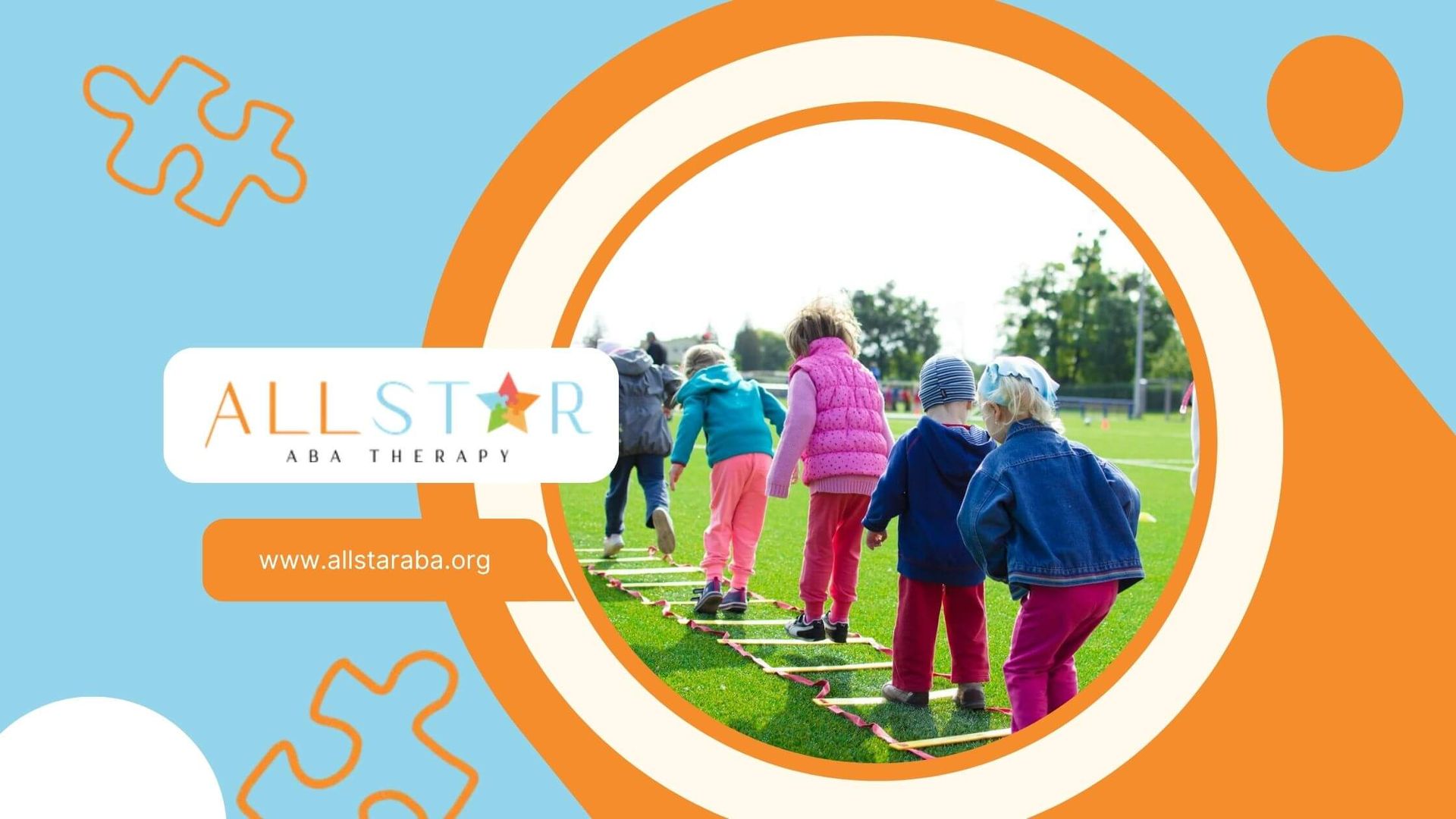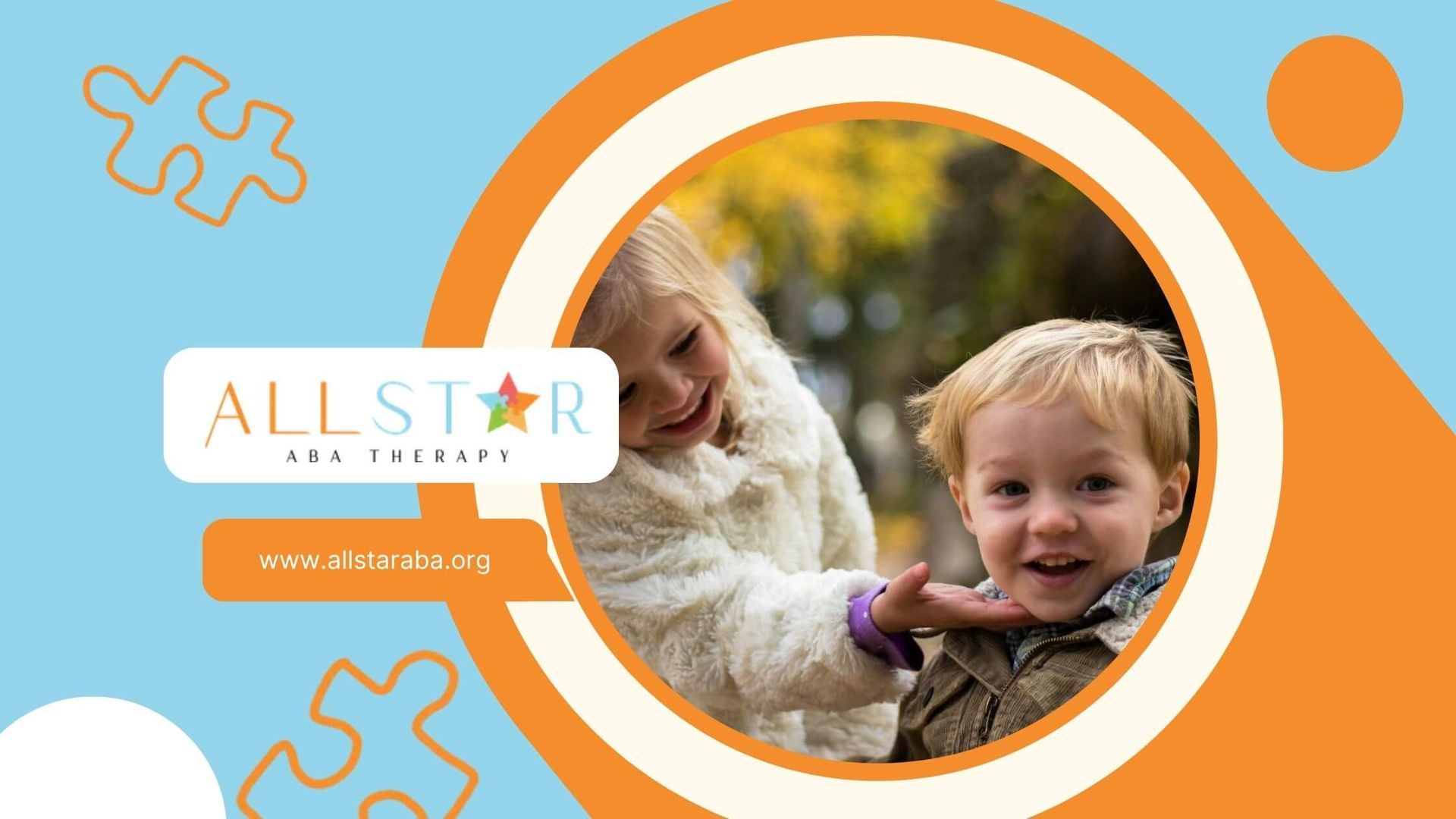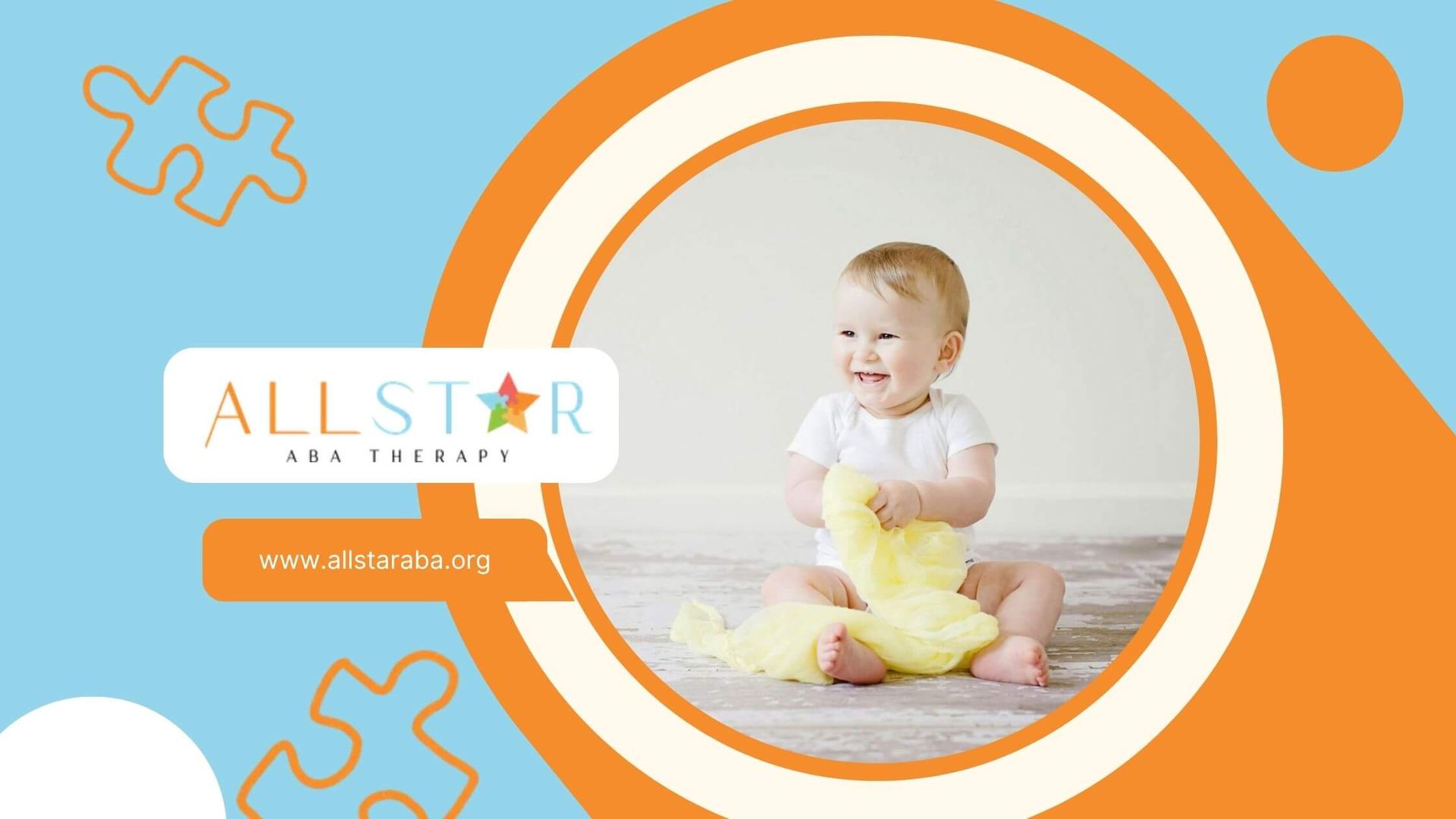New Paragraph
ABA’s Impact on Conflict Resolution in Diverse Workplaces
Workplace disagreements are inevitable, but how your team handles them makes all the difference. What if you could use a proven scientific approach to foster harmony and understanding? Applied Behavior Analysis (ABA) offers a powerful framework for improving conflict resolution. While often associated with ABA therapy for individuals, its principles can be adapted to enhance communication and social skills in any professional setting. This guide explores how ABA’s impact on conflict resolution can transform your diverse workplace into a more collaborative and supportive environment.
Understanding ABA in the Context of Workplace Conflict
Can ABA be applied to resolve conflicts in the workplace? Absolutely. Applied Behavior Analysis is not just for clinical therapy; its principles are incredibly effective in organizational settings. ABA focuses on understanding and modifying behavior, which is the very core of navigating disputes. By using data-driven methods, you can identify the root causes of conflict and implement strategies that encourage positive interactions.
Including conflict resolution training in any professional development program is important because it equips employees with the tools for constructive communication. Behavior analysis provides a roadmap for teaching these skills systematically. This approach helps create a workplace where disagreements are handled with respect and lead to productive outcomes. Let's look closer at what ABA is and how its principles can guide your team.
What is Applied Behavior Analysis and its relevance to organizational settings?
Applied Behavior Analysis (ABA) is an evidence-based approach focused on understanding how behavior works in real-world situations. It breaks down complex actions into smaller, manageable parts to teach new skills and reduce challenging behaviors. How does this apply to workplace conflict? The same principles used to support individuals can be adapted for organizational settings to improve team dynamics and communication.
In the context of a business, behavior analysis helps you understand the triggers and consequences of actions that lead to disputes. It provides a structured way to address problem-solving during conflicts by observing interactions and developing targeted interventions. This method acknowledges that every team and individual has unique needs.
By tailoring strategies to your specific social environments, ABA ensures that solutions are relevant and effective. It's about creating a system where positive communication is reinforced, helping to build healthier relationships and a more cohesive team. This systematic approach fosters an environment where conflicts are seen as opportunities for growth.
How ABA principles guide effective conflict resolution?
The principles of ABA provide a clear path toward effective conflict resolution by focusing on observable behaviors and their functions. Instead of guessing why conflicts happen, behavior analysis uses data to understand the context and develop practical solutions. ABA therapy employs various techniques that can be directly translated to the workplace to manage and reduce challenging behaviors during disagreements.
One of the core ideas is using positive reinforcement to encourage desirable actions. When employees use respectful language or collaborate to find a solution, acknowledging and rewarding that behavior makes it more likely to happen again in the future. This shifts the focus from punishment to promoting constructive habits.
This approach helps transform how teams handle disputes. Key guiding principles include:
- Individualized Goals: Setting clear, specific objectives tailored to the team's or individual's needs.
- Behavioral Modeling: Demonstrating the appropriate way to communicate and negotiate during a conflict.
- Data-Driven Strategies: Using information about past conflicts to inform and adjust intervention plans.
- Reinforcing Positive Actions: Encouraging cooperation and effective communication through consistent positive feedback.
Core ABA Techniques for Conflict Resolution
So, what are the main ABA techniques used to teach conflict resolution? ABA offers a toolbox of effective strategies that can be adapted for the workplace. These methods focus on teaching practical skills through structured practice and reinforcement. The goal is to build a foundation of strong communication and social skills that employees can use to navigate disagreements constructively.
From modeling positive behaviors to engaging in role-play scenarios, these ABA techniques make learning tangible and applicable. By breaking down complex social skills into smaller steps, social skills training becomes less intimidating and more achievable for everyone. The following sections will detail some of these core conflict resolution strategies.
Practical applications of reinforcement and modeling
Positive reinforcement is one of the most powerful ABA strategies for building conflict resolution skills. The concept is simple: when you reward a desired behavior, it's more likely to be repeated. In a workplace, this could mean a manager verbally praising an employee for actively listening during a tense meeting or offering a small team reward for successfully collaborating on a solution.
Modeling is another essential technique. It involves leaders and peers demonstrating the exact behaviors they want to see. For example, a manager can model how to give constructive feedback without causing offense. When employees see these skills in action, they have a clear example to follow. This creates a supportive environment where learning is encouraged.
These ABA strategies can be applied in various ways to improve how your team handles disputes.
- Verbal Praise: Acknowledging an employee’s effort to stay calm and respectful.
- Demonstrating Empathy: Showing team members how to validate a colleague’s perspective, even if they disagree.
- Team Recognition: Celebrating when the team collectively resolves a tough issue.
- Setting Clear Examples: Leaders consistently using the desired conflict resolution skills themselves.
Discrete trial training and role-play in resolving workplace issues
Discrete Trial Training (DTT) is a structured ABA method that breaks down skills into small, distinct components. While often used in ABA therapy, its principles can be adapted to corporate training. For example, a complex skill like negotiation could be broken down into steps: stating your position, listening to the other side, and proposing a compromise. Each step is taught and practiced one by one.
Role-play is an ideal way to practice these steps in a safe setting. By simulating common workplace social scenarios—like a disagreement over project deadlines or a misunderstanding between team members—employees can try out new conflict resolution behaviors without real-world pressure. This allows them to build confidence and receive immediate feedback.
This combination of DTT and role-play is highly effective for addressing problem-solving during conflicts. It allows employees to practice and master specific behaviors, from using "I" statements to suggesting collaborative solutions. Through repeated practice in these simulated environments, employees can internalize these skills and apply them more naturally when real conflicts arise.
Examples of Conflict Resolution Skills Developed Through ABA
ABA therapy is highly effective at teaching a range of concrete conflict resolution skills that contribute to greater social competence. These aren't just abstract concepts; they are practical abilities that can be learned and honed through structured practice. Examples of these skills include active listening, showing empathy, and regulating emotional responses.
By focusing on these foundational behaviors, ABA helps individuals build the confidence to handle disagreements constructively. The goal is to equip them with a toolkit for navigating social challenges, whether in a classroom or a corporate boardroom. Let's explore how ABA fosters specific skills like active listening, empathy, and assertive communication.
Teaching active listening and empathy in group environments
Active listening is more than just hearing words; it's about understanding the message and intent behind them. ABA strategies teach this skill by breaking it down into observable actions, such as maintaining eye contact, nodding, and summarizing what the other person said to confirm understanding. This practice helps individuals focus on the speaker rather than just waiting for their turn to talk.
Empathy, or the ability to understand and share the feelings of another, is also a teachable skill. ABA uses tools like social stories or role-playing to help individuals recognize social cues and consider different perspectives. For example, an exercise might involve analyzing a scenario and discussing how each person involved might feel.
These social skills are vital for resolving conflicts peacefully. ABA strategies to build them in group settings include:
- Turn-Taking Games: Activities that require participants to wait and listen for their turn.
- Perspective-Taking Exercises: Discussing a situation from multiple viewpoints.
- Emotion Recognition: Using visual aids like emotion cards to identify feelings in others.
- Guided Role-Play: Practicing empathetic responses in simulated conflict scenarios.
Fostering emotional regulation and assertive communication
Emotional regulation is the ability to manage your feelings and responses, especially during stressful situations. It's one of the most vital skills for conflict resolution. ABA addresses this by teaching concrete calming strategies, such as deep breathing, counting, or taking a short break. By learning to identify their emotional triggers, individuals can proactively manage their reactions instead of letting them escalate a conflict.
Alongside managing emotions, assertive communication is key. This means expressing your own needs and opinions clearly and respectfully, without being aggressive or passive. ABA fosters this skill by teaching specific phrasing, like using "I" statements ("I feel frustrated when...") instead of blaming "you" statements ("You always..."). This encourages positive behaviors and opens the door for productive dialogue.
These social skills directly impact problem-solving during conflicts. When individuals can regulate their emotions and communicate assertively, they are better equipped to engage in collaborative discussions. They can state their case without alienating others, listen to different perspectives, and work toward a mutually acceptable solution.
The Importance of Early Intervention Using ABA
When it comes to conflict management, the sooner you can build positive skills, the better. Early intervention using ABA principles can have a profound impact on a team's ability to handle disagreements. By addressing skill gaps early on, you prevent negative patterns from becoming ingrained in your workplace culture. This proactive approach improves the immediate quality of life within the team.
Think of it as setting the foundation for a healthy group dynamic. Early intervention programs that focus on communication and collaboration create a resilient team that can navigate challenges effectively. The following sections will discuss the impact of building these skills in diverse teams and how to ensure they are retained for the long term.
Impact of early conflict resolution skill-building in diverse teams
Introducing conflict resolution skills early in a team's development is crucial, especially in diverse teams where different communication styles and perspectives are common. Early intervention helps establish a shared language and set of norms for handling disagreements. This creates a psychologically safe environment where team members feel comfortable voicing concerns without fear of negative repercussions.
When conflict resolution training is provided from the start, it promotes positive interactions and reduces misunderstandings. Teams learn to view differences as a source of strength rather than a cause for conflict. This foundational training helps build trust and cohesion, which are essential for high-performing, diverse teams.
The benefits of early skill-building are clear and contribute to long-term success. A structured approach ensures everyone understands the expectations for respectful and productive communication.
| Aspect of Intervention | Benefit for Diverse Teams |
|---|---|
| Improved Communication | Reduces misunderstandings and promotes clarity across different communication styles. |
| Enhanced Empathy | Fosters understanding and appreciation for different cultural and personal perspectives. |
| Better Emotional Regulation | Helps team members manage stress and respond constructively during disagreements. |
| Stronger Relationships | Builds trust and cohesion, leading to better collaboration and a more inclusive environment. |
Strategies for long-term retention and application across workplace scenarios
Teaching conflict resolution strategies is only half the battle; ensuring long-term retention is just as important. For skills to stick, they need to be practiced consistently and integrated into daily routines. One of the most effective ABA strategies for this is generalization, which involves applying learned skills across various social environments and situations.
To promote retention, create opportunities for ongoing practice. This could involve regular, short role-playing exercises in team meetings or debriefing real-life conflicts to identify what went well and what could be improved. Continuous reinforcement from leadership is also key. When managers consistently praise and model good conflict resolution, it signals that these skills are valued.
Implementing these strategies ensures that training isn't a one-time event but a continuous part of your company culture, improving quality of life at work.
- Regular Practice: Incorporate brief, skill-building activities into team meetings.
- Consistent Reinforcement: Leaders should actively recognize and reward effective conflict resolution.
- Varied Scenarios: Use multiple examples and role-plays to help employees apply skills in different contexts.
- Peer Support: Encourage team members to provide constructive feedback and support to one another.
ABA Approaches Tailored for Neurodiverse and Multicultural Teams
A one-size-fits-all approach to conflict resolution rarely works, especially in today's diverse workplaces. ABA strategies are uniquely suited for this challenge because they are designed to be tailored to individual and group needs. For neurodiverse employees, such as those on the autism spectrum, and for multicultural teams, this adaptability is crucial.
By focusing on cultural competency and understanding the unique needs of every team member, ABA can be a powerful tool for building an inclusive environment. It provides a framework for clear communication and predictable social rules, which can reduce anxiety and misunderstandings. Let's look at how ABA can be adapted for these specific groups.
Addressing unique needs of neurodiverse employees
Neurodiverse employees, including those on the autism spectrum, may face unique social challenges in the workplace. They might interpret communication more literally or find navigating unwritten social rules difficult. ABA approaches to conflict resolution for adults can be different from those for children but are based on the same principles of clarity, structure, and positive reinforcement.
Creating a supportive environment is key. This involves using explicit and clear communication rather than relying on subtle social cues. For example, providing written rules of engagement for meetings or using visual aids to outline the steps for resolving a disagreement can be very helpful. These strategies make social expectations tangible and reduce ambiguity.
By adapting ABA techniques, you can address these unique needs effectively. This might include using social stories tailored to workplace scenarios or providing structured role-playing opportunities to practice specific interactions. The goal is to equip all employees with the tools they need to navigate conflicts confidently and successfully.
Cultural competency and adaptation of ABA strategies
In multicultural teams, differences in communication styles, body language, and approaches to hierarchy can sometimes lead to misunderstandings. Cultural competency is the ability to recognize and respect these differences, and it is essential for adapting ABA strategies effectively. What is considered respectful communication in one culture may not be in another.
Behavior analysis can be applied here by first observing and understanding the cultural norms at play within a team. Instead of imposing a single standard, ABA strategies can be modified to be culturally sensitive. For example, role-playing social situations could include scenarios that reflect the diverse backgrounds of team members, promoting greater understanding and empathy.
This thoughtful adaptation has a significant impact on social and communication skills related to conflict resolution. It ensures that the strategies being taught are relevant and respectful to everyone on the team. By integrating cultural competency into your approach, you can build a truly inclusive environment where all members feel valued and understood.
Supporting Conflict Resolution Beyond the Workplace
The conflict resolution skills learned through ABA are not limited to the office. These abilities play a vital role in all social settings, including home environments. The strategies used in professional training and ABA therapy sessions can be just as effective in helping families and individuals navigate disagreements in their personal lives.
The principles of clear communication, empathy, and emotional regulation are universally beneficial. By understanding how to apply these skills outside of a structured setting, individuals can improve their relationships and overall quality of life. The following sections offer guidance for parents and educators and discuss how to transfer these skills to community settings.
ABA-informed strategies for parents and educators
Parents and educators can play a crucial role in supporting conflict resolution at home and in school using ABA-informed strategies. Just like in ABA therapy, breaking down complex social skills into manageable steps makes them easier for children to learn. Creating a supportive environment where children feel safe to practice these skills is the first step.
One effective strategy is modeling. When parents and educators demonstrate calm and respectful communication during their own disagreements, they provide a powerful example for children to follow. Social skills training can also be incorporated into daily routines through games and activities that promote sharing, turn-taking, and cooperation. Early intervention in this area can prevent minor issues from becoming ingrained behavioral patterns.
Here are some actionable strategies for parents and educators:
- Use Visual Aids: Create social stories or visual charts that outline steps for resolving a conflict.
- Practice Role-Playing: Act out common scenarios, like disagreements over toys or activities.
- Reinforce Positive Behavior: Offer praise or small rewards when a child uses a conflict resolution skill correctly.
- Teach Emotional Vocabulary: Help children name their feelings so they can express them verbally instead of acting out.
Transferring workplace skills to home and community environments
One of the greatest benefits of learning conflict resolution skills through ABA strategies is their transferability. The ability to listen actively, regulate emotions, and communicate assertively is just as valuable in home environments as it is in the workplace. These skills can improve interactions with partners, children, and friends, leading to healthier and more fulfilling relationships.
The key to transferring these skills is conscious practice in different social settings. For example, you can apply the same principles of positive reinforcement at home by acknowledging when a family member handles a disagreement well. Similarly, you can use the problem-solving steps learned at work to navigate disputes within community groups or volunteer organizations.
By making these ABA strategies a part of your daily life, you create a supportive environment wherever you go. This generalization of skills not only enriches your personal life but also reinforces what you've learned, making you an even more effective communicator and problem-solver at work.
Conclusion
In conclusion, the principles of Applied Behavior Analysis (ABA) offer invaluable tools for fostering conflict resolution in diverse workplace environments. By focusing on techniques such as reinforcement and modeling, organizations can equip their teams with essential skills like active listening, empathy, and emotional regulation. Early intervention and tailored approaches for neurodiverse and multicultural teams ensure that the unique needs of all employees are met, creating a more harmonious work culture. As these skills extend beyond the workplace, they can enhance interactions in home and community settings as well. Embracing ABA strategies not only resolves conflicts but also nurtures a more inclusive and collaborative environment.
At All Star ABA, we understand that effective communication is the key to harmony in any workplace. Our team in Maryland applies proven ABA principles to help organizations foster empathy, reduce misunderstandings, and build inclusive environments where everyone can thrive. With personalized programs and hands-on guidance, we support lasting behavioral and cultural growth. Contact All Star ABA today to learn how our approach can strengthen collaboration across your team.
Frequently Asked Questions
Can ABA therapy be used to resolve conflicts among adult coworkers?
Yes, the principles of ABA are highly effective for resolving workplace conflict among adults. While not "therapy" in the clinical sense, ABA provides effective strategies like behavior modeling, reinforcement, and structured communication training. These techniques help adults navigate difficult social situations and develop practical conflict resolution skills.
How does ABA improve communication and social skills in corporate settings?
ABA improves social skills in corporate settings by teaching effective communication in a structured way. It breaks down skills like active listening, empathy, and assertive expression into manageable parts. Through techniques like role-playing and reinforcement, ABA helps employees build confidence, leading to more positive interactions and better conflict resolution skills.
What are actionable ABA strategies for managers handling team disputes?
Managers can use several ABA techniques. Key conflict resolution strategies include modeling calm verbal communication, using positive reinforcement to reward collaborative efforts, and clearly defining rules for respectful debate. Creating a supportive environment where these behaviors are consistently encouraged helps manage and prevent team disputes effectively.
Sources:
- https://www.autismspeaks.org/applied-behavior-analysis
- https://www.autismspeaks.org/expert-opinion/what-discrete-trial-training
- https://www.centervention.com/perspective-taking-activity/
- https://www.verywellmind.com/what-is-positive-reinforcement-2795412
- https://www.nichd.nih.gov/health/topics/autism/conditioninfo/treatments/early-intervention
Need Support?
We're Here to Help!
Our experienced team is ready to assist you. Reach out today to discuss how we can support your child's development and well-being.
Get started with expert ABA therapy today.








